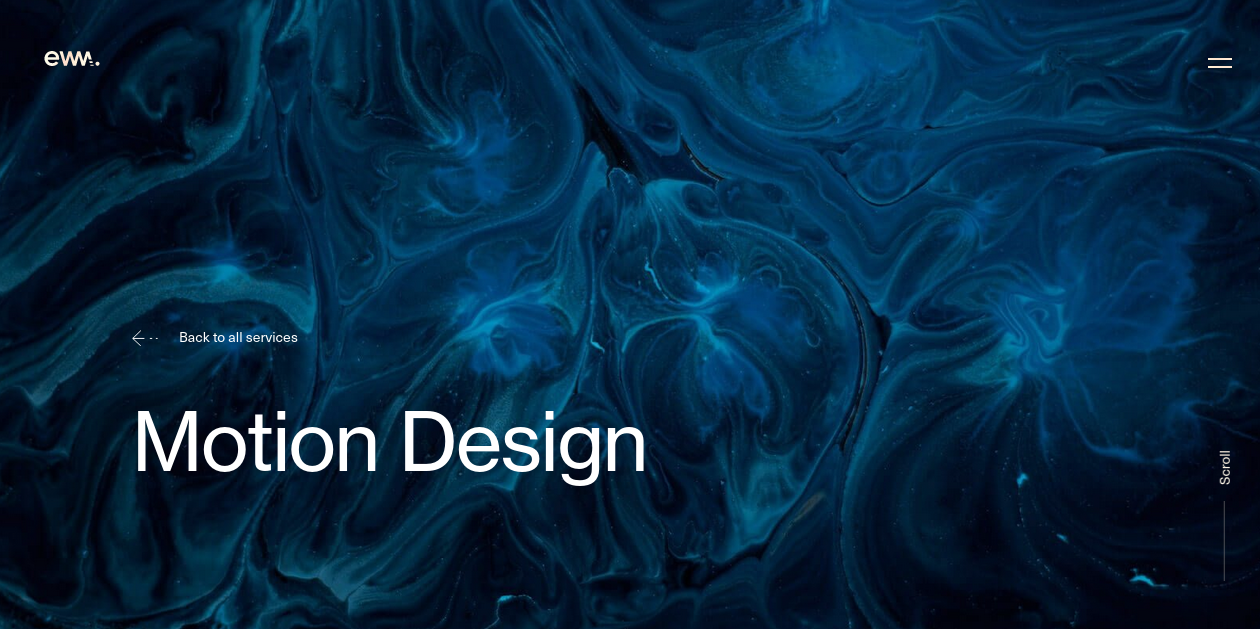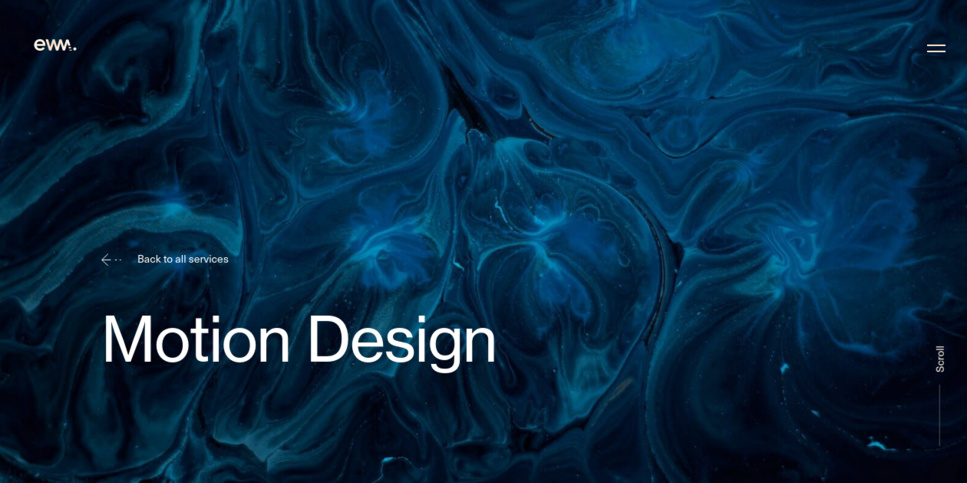We arrived in our personal research on this site: https://ewm.swiss/en/services-web-agency-expertises/web-mobile-development/e-commerce
He has been a great inspiration to us.
The purpose of a site is to present the company and convince people to choose its products or services. The success of the site (and of the company) lies in the way this presentation is made. It must be self-referential: each element of the site must be useful to those who browse it and convince the user to come back to it.
Tips from ewm.swiss: Using the checklist below, you can immediately check whether your company's website meets these requirements and, above all, identify weak points that need to be addressed. Then the outstanding website is yet another level.
The 10 basic winning features of a company website
- The website must immediately communicate what the company is dealing with and to which target customers it is addressing (brand positioning). Each page must be a good mix of text and images: the latter, if placed on top, distract the visitor's attention. If, on the other hand, there are too many words without real objectives, the risk is to get bored and therefore not attract a potential contact.
- The optimal result is obtained by balancing the right elements but above all by not being afraid to "narrow the field", by only addressing a specific niche of people. Specialization is a winning card: the more you become a reference point in your field of expertise, the more people won't need to make comparisons or look for cheaper alternatives.
- A good website should have a clear company objective and communicate it clearly to people. At a discount? You'd be surprised how many product selling websites don't have a "BUY NOW" or "BOOK NOW" button on their home page. If, on the other hand, your site is not commercial, it is better to use a contact button or a newsletter subscription to capture a Lead.
- The company's objective must be unambiguous and the point at which the desired action is to be carried out must be clearly visible. It is not a question of being too "brazen": people want to know exactly what to do, otherwise they feel lost. Make sure that every element of your site, whether text or visual, has a purpose. There is nothing superfluous about a good website. This also applies to colours: a multicoloured site is not necessarily better suited to attract attention than a monochrome site. Think of the number of people who spend hours and hours of their day on Facebook: the powerful social media have chosen blue as their dominant colour. Even Google, although it uses many shades and designs to make its logo more attractive, still has a blank page. Have you noticed? Too many elements, especially if they are an end in themselves, distract and in some cases irritate the visitor, albeit on an unconscious level. The rule is: if it is useless and you can do without it, delete it. This is why it is important to stay on the essential and always give priority to functionality over aesthetics when structuring your website. Find out what's new in "intelligent" design that's right for you!
- Make sure that the essential information is clear, simple and easy to understand. It is well known that nowadays, nobody reads a web page or an article in its entirety. But you have a lot of information to give! The solution is to organise the texts quickly and easily. The presentation of the contents is an essential aspect to take into account for a good website: the secret is to privilege the "SCANNING" of the words, by the judicious use of bold, italics and capital letters. Even white space, if used correctly, is essential for a good understanding of the text.
- Of course, the more purely technical aspect is also fundamental: a good website must have a clean and error-free code. The navigation interface must be simple and intuitive, with a user-friendly design to make it easy to move from one page to another and through the menu. It is clear that if users don't find what they are looking for quickly and easily, they will leave your site to look elsewhere for what they need (ergo from your competitor!). In this respect, check for example if there are icons on your company's website. People like pictures and illustrations. Links that allow you to surf with agility between one content and another, always taking care to make it easy for the user to return to the home page are essential. This tactic is called "breadcrumb navigation": it consists of inserting a certain type of content strategically into the pages of the site, in order to guide the visitor and lead him - hand in hand - to a deeper and deeper level of the site (thus closer and closer to conversion).
- A good website is a fast website. Each page should load in a few seconds. People are always in a hurry. They often use the internet to study or work, to find directions, to give answers to others. They don't have time to waste and they don't just want an answer to their questions: they want the best possible answer in the shortest possible time.
- Among the characteristics of a good website can not miss its ability to be usable on different browsers (if 99% of people use Chrome, know that there are also Firefox, Opera, Safari, Explorer, etc.).
- It is obvious that your website must be responsive and therefore adaptable to any type of mobile device, including tablets and smartphones, to be among the "good ones" and therefore be favored by Google and acclaimed by the public.
- And finally: a good website needs to be updated! Content is the beating heart of a website, keeping it alive and feeding it day after day.













 ANNA – Maison GRF : L’excellence bistronomique à Paris 17e, orchestrée par le chef MOF Stéphane Gaborieau
ANNA – Maison GRF : L’excellence bistronomique à Paris 17e, orchestrée par le chef MOF Stéphane Gaborieau









